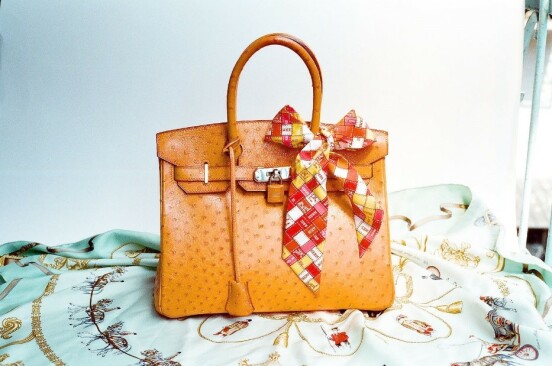
The IP baggage that comes with NFTs

A landmark case came to conclusion the other week, as the first non-fungible token (NFT) infringement case went to trial in a Manhattan federal court. Multibillion dollar luxury brand, Hermès of Paris Inc., have successfully sued the digital artist, Mason Rothschilds, over the creation and sale of NFTs depicting the brands infamously hard-to-get Birkin bags. Rothschild’s online versions of the bags were named MetaBirkins - ‘meta’ referencing the metaverse and ‘Birkin’ to the luxury brands iconic handbag. The overall collection of MetaBirkin NFTs fetched more than 200 Ethereum (an estimated $790,000 at the time).
Hermès initially filed for trademark infringement and counterfeiting in December 2021, arguing that the NFTs violated Hermès IP rights due to copying the infamous design as well as infringing on Hermès’ trademark ‘BIRKIN’. They also claimed that consumers mistakenly believed that Hermès was affiliated with the MetaBirkin NFTs and had consequently damaged the brands reputation. Rothschild’s defence argued that the NFTs were individual pieces of art and were therefore protected under the fair use doctrine. Rothschild argued that the NFT ‘art’ was making a social commentary on consumerism and customers’ infatuation with luxury fashion brands.
The jury were asked to apply the Rogers Test which derives from the 1989 case, Rogers v. Grimaldi. This test is used in the US to determine whether the use of a trademark in an artistic work is protected by the First Amendment of the US. The test aims to balance the interests between trademark owners and creators of expressive works, thereby ensuring that trademark law is not overly restrictive.
Hermès emerged victorious from the trial, with the jury deciding that the NFTs did not qualify as ‘protected art’ and were therefore concluded to infringe on Hermès’ trademark rights. Rothschild has been ordered to pay $133,000 in damages, however they seemed to indicate their intention to appeal the decision after the ruling was heard.
As digital art and NFTs become increasingly popular, it is likely that more legal challenges and debates will arise surrounding these issues. Trademark owners should consider the importance of safeguarding their trademarks concerning NFTs and virtual goods in the future, and seek bespoke advice.
Current guidance on NFTs for Europe and the UK:
The European Union Intellectual Property Office (EUIPO) recently released official guidance regarding trademark classification for virtual goods and NFTs.
- Virtual goods and NFTs will fall under Class 9, as the goods are treated as digital content or images.
- However, the term “virtual goods” and “NFTs” alone lack clarity and precision and must be specified further by stating the content to which the virtual goods relate.
- NFTs are treated as “unique digital certificates registered in a blockchain, which authenticate digital items but are distinct from those digital items”. Therefore, the type of digital item that the NFT is authenticating must be specified.
- The term “downloadable digital files authenticated by non-fungible tokens” will be added to Class 9 of the 12th Edition of the Nice Classification (due to be finalised in 2023).
The UK Intellectual Property Office (UKIPO) is yet to issue official guidance on this subject. Last year, the UK Law Commission published consultation papers setting out recommendations for changes to the law surrounding digital assets, including NFTs. However, it remains unclear if current legislation will be revised in the immediate future.
Written by Lauren Mills for ip21 Ltd
Amendment as of 13/04/2023, the UKIPO has published its official guidance on 'The classification of non-fungible tokens (NFTs), virtual goods, and services provided in the metaverse' which can be found here
